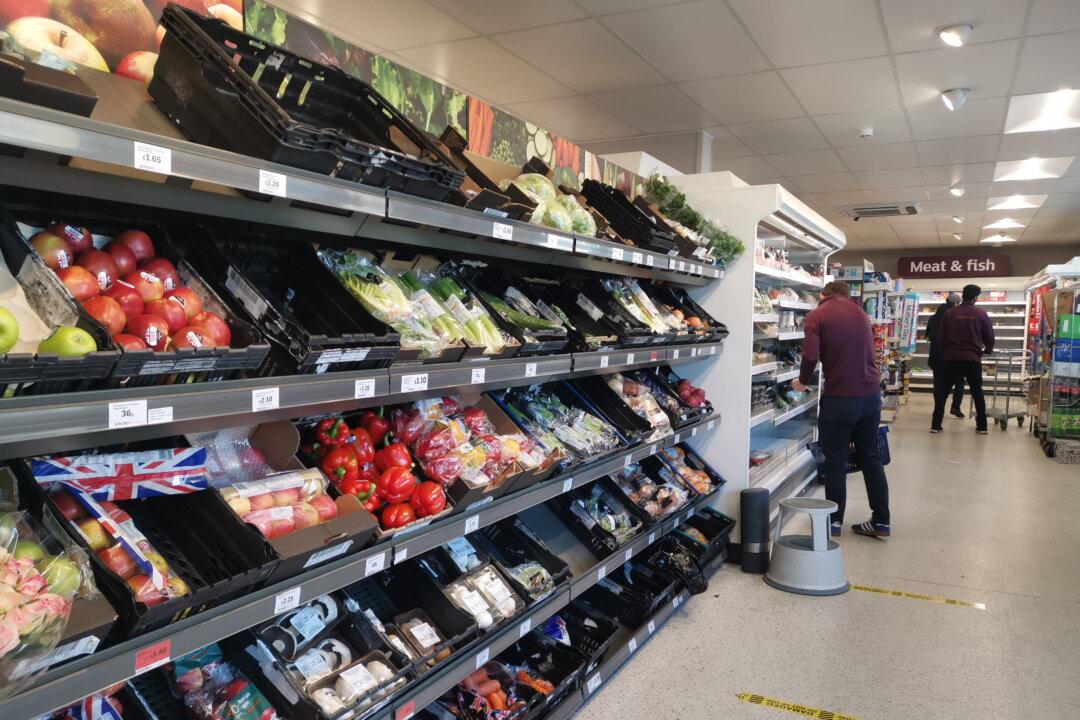U.S. retail sales rose 0.3 percent in February, but at a slower pace than expected, as inflation seemed to impact consumer spending, according to a Commerce Department report on March 16.
Economists had previously estimated that consumer spending would hit 0.4 percent, but rising gasoline and food prices have forced many households to cut back spending on goods like furniture, electronics, and appliances, which could restrain economic growth in the first quarter.





